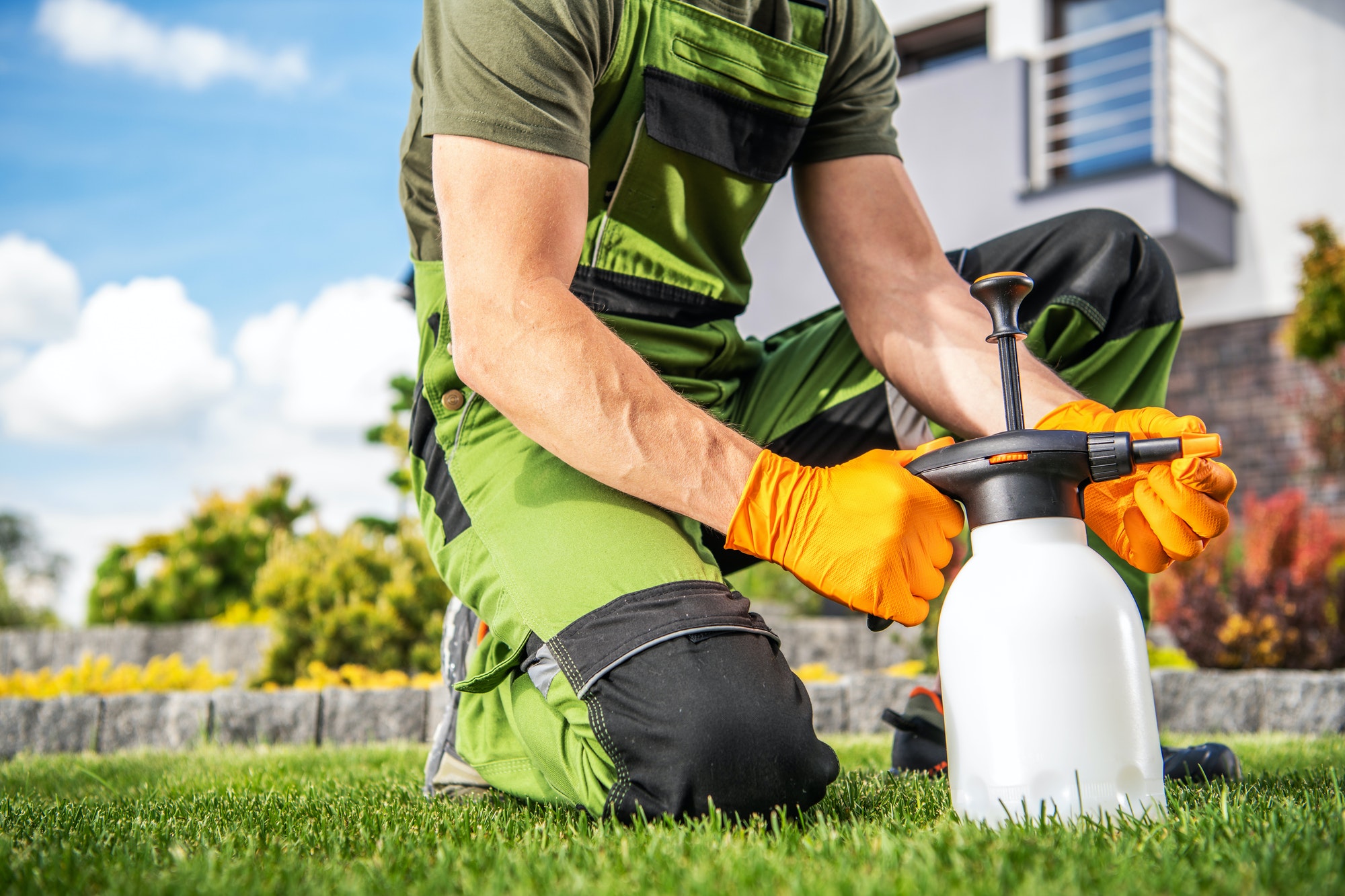How to Design a Garden That Sells
Garden design is essential to making your garden look beautiful. You must decide the size and central feature. Drawing out your garden design beforehand will help you avoid making mistakes and complete the project faster. The efficient garden design improves biodiversity, reduces maintenance costs and increases yield. This method is covered in award-winning book The Suburban Micro-Farm. Here are some tips to make your garden look stunning. Keeping in mind the following points will make your garden a success:
Consider seasonality. Most food-producing crops are seasonal, meaning they grow only for a season and then must be pulled out of the garden. Consider the timing of harvesting, and then plan your garden design around the crop’s growth cycle. Consider annuals or perennials for contrast. You can use a combination of both to create a beautiful and useful edible garden. A circle garden can be large or small. Either way, it’s an ideal setting for a variety of vegetables, flowers, and fruits.
When planning your garden, use edible plants instead of ornamental plants. Eating plants can fill many of the roles of ornamental plants. Dwarf pears, apples, and blueberries can all be used instead of a rose hedge. Or, you can plant annual vines, such as grapevine and cherry tomato, to support fruit crops. Herbs also make wonderful edging plants and leaf lettuce is a stunning competitor for flowers.
Incorporate modernist elements into your design. For example, a vegetable garden can be planted in contemporary containers, surrounded by blank space. Choose metal planters instead of wooden box planters for a more modern look. A cool-toned fence and edging will keep the edges of your garden clean and uncluttered. You can also use pea gravel paths to create a wide path around your garden. A modernist design doesn’t mean you need to sacrifice your taste for beauty.
Use color to add drama to your green vegetables. A purple gate, tubtrugs, and Spiral Supports are great choices for an accent color. Red and green are opposites on the color wheel, and together they will make a dramatic scene. Use colorful plants to contrast with the green ones, such as dwarf red zinnias or purple petunias. They also attract beneficial insects. These flowers will help you grow delicious, healthy produce.
In addition to plants that thrive in dry climates, you can plant low-water edibles to add to your landscape. These edibles originate from areas of the Mediterranean where rain is limited. Herbs and figs are two examples of low-water plants. If you’re looking for a garden-to-table option, try incorporating a vegetable garden bed into your landscape design. You’ll be pleased with the result! You’ll be able to make your own unique cocktail.
When designing your garden, think about the height of the plants you’ll be planting. The focal point of your garden should be large enough for them to bloom and grow. To create the most effective garden design, consider the maturity height of your plants and the color and texture of their flowers. You can also use the Thriller, Filler, Spiller method to maximize space. A focal plant, such as a tall shrub or a beautiful flower, will add color and depth to your garden.
